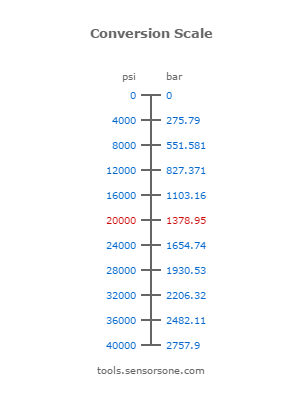

Pressure Introduction to pressure - online pressure units converter.Barometer - Altitude Compensation Elevation compensating manometer.Altitude Elevation above sea level and air temperature, pressure and density. Air Temperature, Pressure and Density vs.standard air capacity (SCFM) and inlet air capacity (ICFM). Air - SCFM versus ACFM and ICFM Actual air compressor capacity (ACFM) vs.Altitude Density and specific volume of air varies with elevation above sea level. Miscellaneous Engineering related topics like Beaufort Wind Scale, CE-marking, drawing standards and more.The pressure below sea level is in a virtual air column or as achieved with an air filled closed pipe connected to the atmosphere. The lowest land area on earth - the shore of the Dead Sea, Palestine, Israel and Jordan (-1371 ft) deepest point under sea level of Sognefjorden, Norway Meteorologists and weather reporters worldwide often use this unit for convenience, since working in pascals would result in much larger values.ġ5 psi = 15 × 0.0689475729 bar = 1.Atmospheric Pressure vs. Millibars (symbol: mb) are also commonly used when referencing atmospheric air pressure, where atmospheric pressure equals 1013.25 mbar (101.325 kPa). The International Bureau of Weights and Measures has specified the bar as a unit that authors should have the freedom to use but has chosen not to include the bar in the list of non-SI units accepted for use with SI. The term "bar" comes from the Greek word "baros," which means weight.Ĭurrent use: Although the bar is a metric unit of pressure, it is not accepted within the International System of Units (SI) and is even deprecated within certain fields. History/origin: The unit, bar, was introduced by Vilhelm Bjerknes, a Norwegian meteorologist who founded modern weather forecasting.

It is equal to 0.987 atmospheres (101,325 Pa), the unit often used as a reference of standard pressure. Barĭefinition: A bar (symbol: bar) is a metric unit of pressure that is defined as exactly 100,000 pascals (symbol: Pa). Although the pascal is more widely used in scientific contexts, psi is more often used in everyday contexts, particularly in countries like the United States as well as others under the US customary or imperial systems of units. As such, the prototype pound at the time was known as the avoirdupois wool pound.Ĭurrent use: The psi is fairly widely used to measure numerous pressures, such as tire pressure, scuba tank pressure, natural gas pipeline pressure, among others. The system is believed to have come into use in England around 1300 and was used in the international wool trade. It is based on the avoirdupois system, a system that uses weights in terms of the avoirdupois pound, which was standardized in 1959. History/origin: Pound-force per square inch is a unit that originated in the imperial and US customary systems of units. One psi is approximately 6,895 pascals (N/m 2). It is defined as the pressure that results when a force of one pound-force is applied to a one-square-inch area. Definition: A pound-force per square inch (symbol: psi) is an imperial and US customary unit of pressure based on avoirdupois units.


 0 kommentar(er)
0 kommentar(er)
